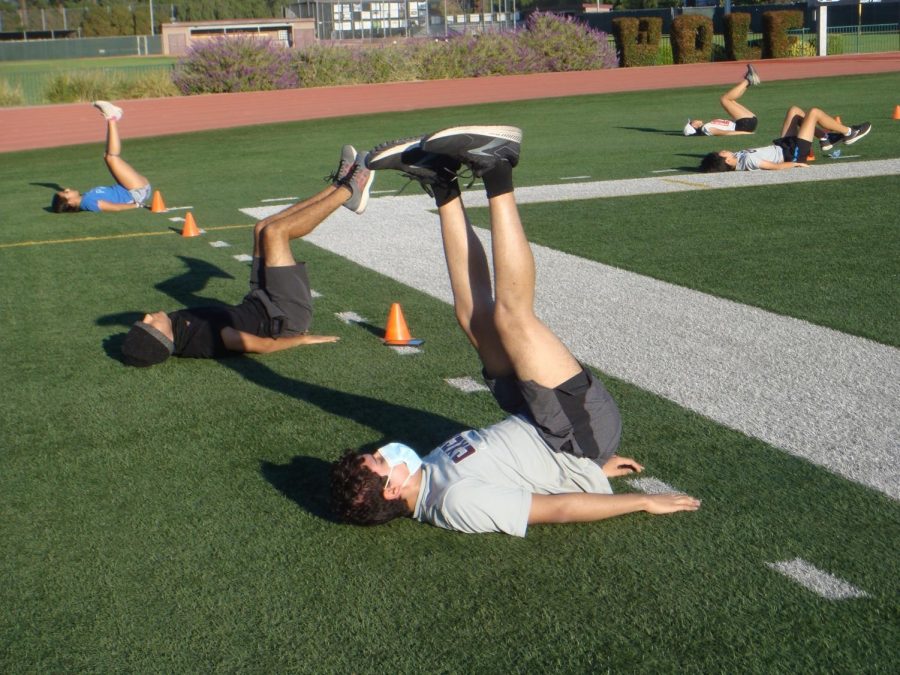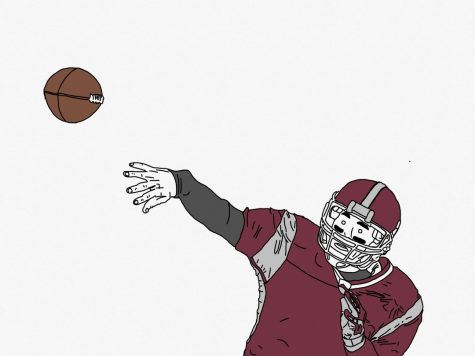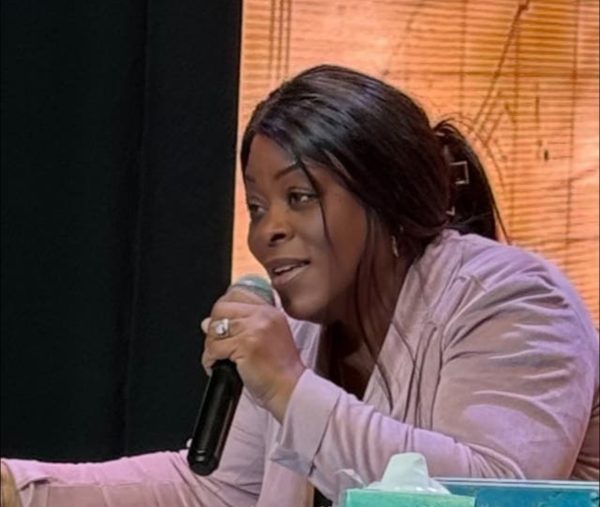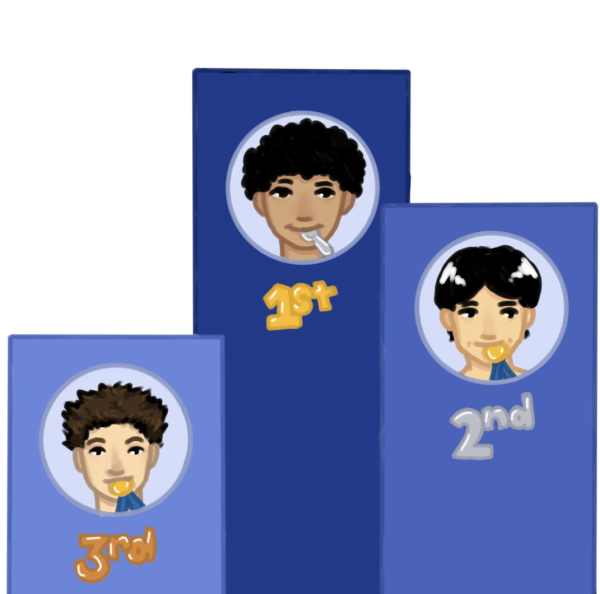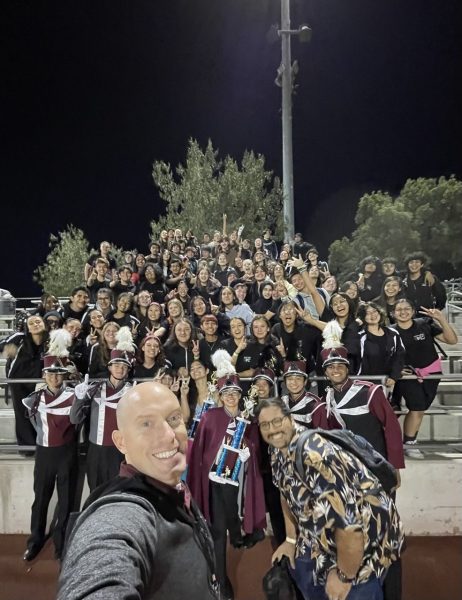COVID-19 sidelines CIF fall season
Junior Xavier Ascencio (center right), freshman Nicky Venegas (center left), and other cross-country runners complete a core routine during their practice on Saturday.
The usual sounds of fall—the loudspeaker blaring into the evening sky, the roaring of an ecstatic crowd, and the clanging of the marching band’s instruments in the football stands—will not be heard this year; at least not in person, and not on the field. Due to recent CIF decisions regarding the COVID-19 pandemic, public schools in LA County have had to adjust their sports programs and seasons for the 2020-2021 school year. CHS has followed them in doing so. Because California has reported over 15,000 coronavirus deaths in the past few months, and we are still seeing numbers in the hundreds of deaths per day, there are serious precautions that must be taken. As such, the district has adapted to fit the guidelines and mandates provided by the county.
This year, instead of three sports seasons (fall, winter, and spring), there will only be two: fall and spring. The fall season will consist of football, boys’ and girls’ cross-country, boys’ and girls’ water polo, and boys’ and girls’ volleyball. Additional sports like baseball, tennis, basketball, softball, swimming, and track will take place in the spring season. The fall season will likely be delayed until early December, and the spring season will hopefully be taking off in March.
Fall teams have been doing all they can to prepare. Unfortunately, all that is currently allowed is what is called Phase One sports conditioning. Phase One conditioning allows for a sports team to meet in groups of ten athletes or fewer. The athletes must be properly distanced (six feet apart) for the whole practice, and they cannot have any physical contact. All conditioning must be done outside, even for indoor sports like basketball and volleyball, which heavily rely on the campus gym. Before an athlete is allowed to participate in conditioning for any sport, they must have their temperature checked, and if they have a body temperature of 100 degrees Fahrenheit or higher, they are dismissed from practice. Applying for this basic conditioning is no simple task; each sport has to write a detailed plan for how it intends to return while practicing social distancing. These plans must be approved by CHS Athletic Director Mike Collins as well as the CUSD district office.
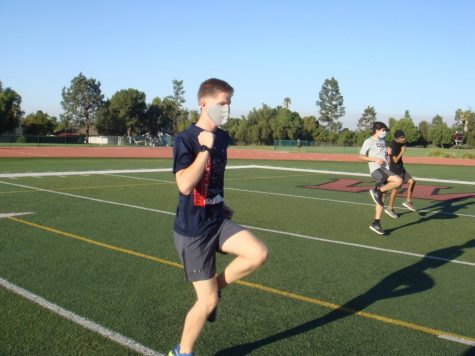
If approved—as football, cross country, and baseball already have been—the teams can start to meet. As of now, some fall sports are still in the process of creating and submitting their plans. Of course this limitation is not ideal, but it is necessary in order for sports to fully return, and athletes and coaches are trying their best to be optimistic.
“We will take anything right now,” Collins said. “We really want to see it get back and going, and … everybody is worried about how crazy it is. That’s ok; it is a crazy time—but to be able to let kids play sports, … for a lot of them that’s a really big part of their life.”
Although the most is being made out of conditioning, if the school remains in Phase One through early to mid December, there might not be any sports competitions this year, or at least no fall season. If Claremont gets to Phase Two, athletic organizations would be able to meet in slightly larger groups. For example, there would be 20 rather than 10 people maximum, and the teams would gradually ease back to normal.
The world of recruiting in the time of the coronavirus is also a mystery for student athletes still interested in athletic scholarships, regardless of how much they progress or not. However Collins claims that this year should not have too big of an impact on applying for scholarships.
“It is a little different situation, but it will be different for the colleges as well,” said Collins. “They will really have to rely on the recruiting process … you don’t just recruit on a senior year, you watch the player for pretty much their full career. … All the players I talk to, I try to make sure they have a video of themselves … that way they can get that out to the colleges, and that’s what the colleges are going to go on.”
CIF is doing all they can to keep student athletes safe during this time. So the stands will remain quiet, at least for the first few months of the school year, but one can hope it is only a matter of time until they can be flooded with noise and excitement again.
Hello there! Our goal is to provide relavent, engaging journalism for readers of all ages. Your donation will support the student journalists of the Wolfpacket at Claremont High School, and will allow us to purchase equipment, print our monthly issues, and enter in journalism competitions. We appreciate your consideration!
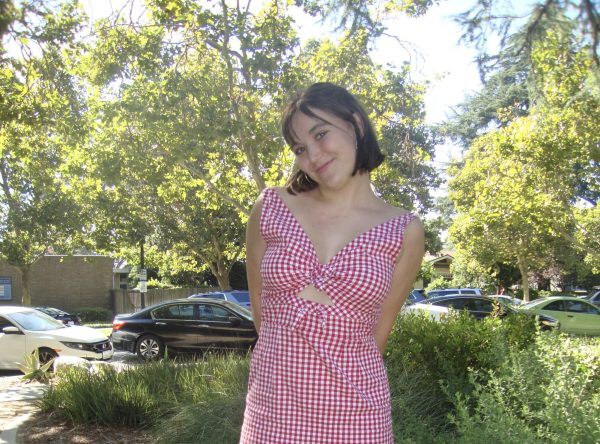
Izzy Thomas is a senior at CHS and one of the three Editors-in-Chief for The Wolfpacket. Her hobbies include taking photos, cooking, playing guitar, and...




